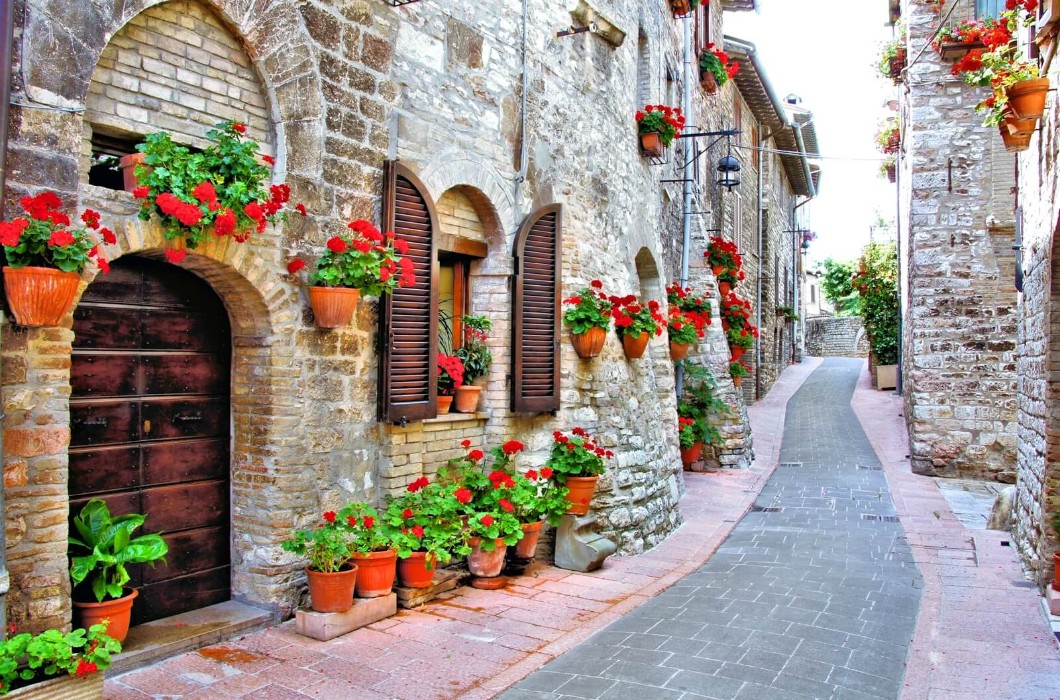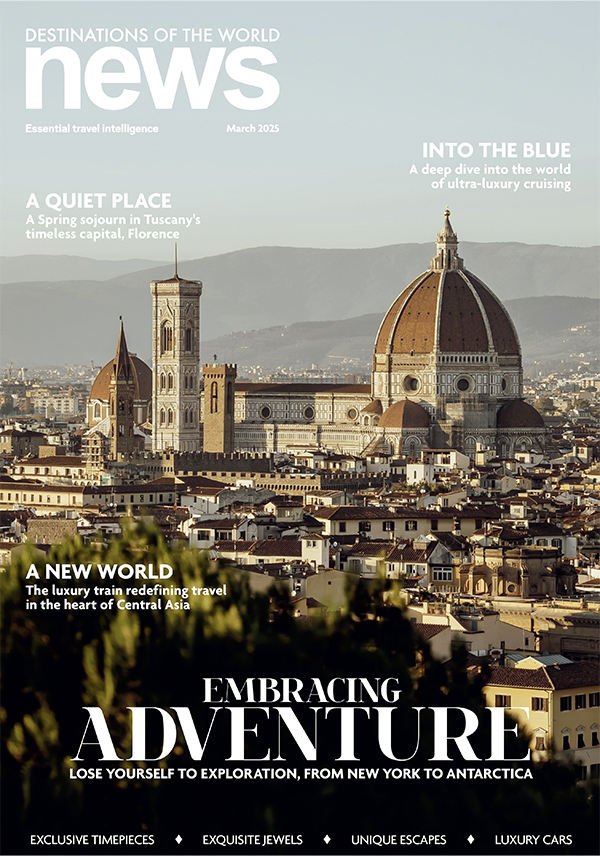Whenever I laud about my amazing trip to Umbria, the most common reaction is a confused, “where?” For some reason, the central land-locked region continues to be one of the most overlooked areas in Italy. However, after spending a blissful couple of days exploring its fairytale castles, storybook medieval towns, and green rolling hills, all I can say is that its unpopularity as a holiday destination remains one of life’s great mysteries. Despite being one of the smallest regions in Italy, it’s blessed with some of the most incredible art, culture, history and food of anywhere else in the country.
Bordered by Tuscany, the stereotypical hotspot for luxury Italian holidays, Umbria is just as idyllic as its coveted neighbour, but far less busy and crowded. Plus, while Tuscany turns brown and dry in the summer, the forests, olive groves, and vineyards of Umbria remain green and lush. As soon as you land, you immediately realise why it is nicknamed, The Green Heart of Italy. Growing up in the UK, I visited Italy on multiple occasions, including Rome, Milan, Turin, Venice, Sicily, and Tuscany. I foolishly thought I had experienced the very best of Italy’s rustic beauty. But that was before I discovered Umbria…
STEP BACK IN TIME
Considering Umbria’s hidden gem status, you might expect the travel times to be arduous. In reality, quite the opposite is true. Landing in Rome direct from Abu Dhabi, my partner and I hire
a reasonably priced car and trundle over to Perugia, Umbria’s tiny historical capital, in less than two hours. Emirates also offer direct flights to Rome and, if you don’t feel like driving, there’s a high-speed train to Perugia, too. That said, having a car comes with many advantages.
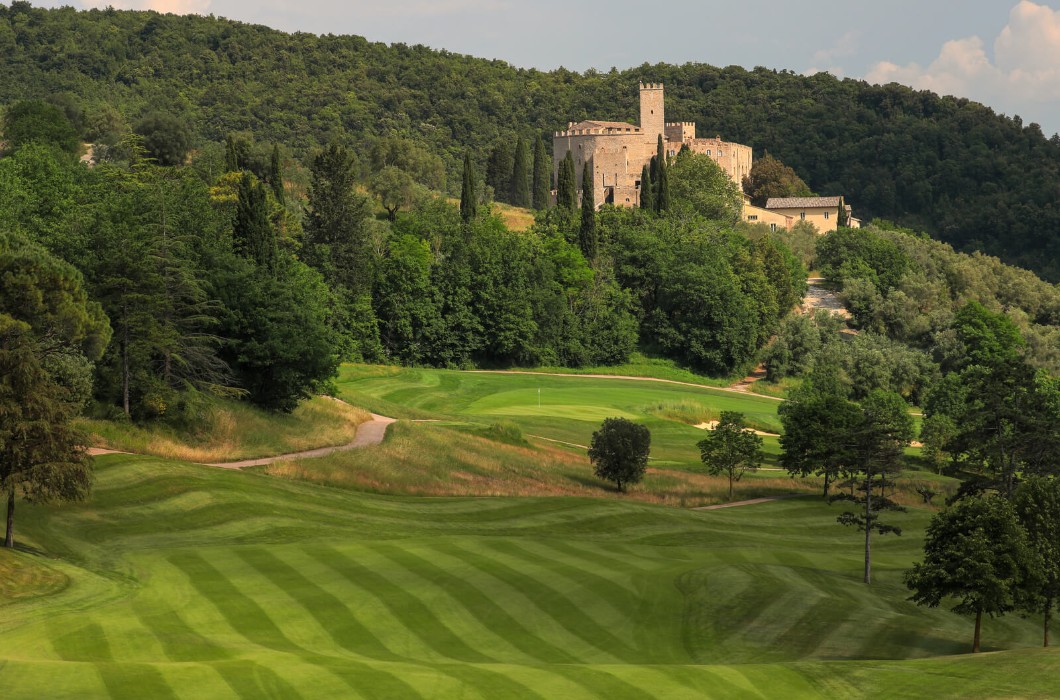
With postcard perfect castles, beautiful villages, and wild untouched landscapes at every corner, all our drives were broken up with multiple photo stops. We were so glad to be able to pull in every time we spotted something interesting, and take our time unearthing this incredible part of the world. Indeed, while Umbria has arguably less ‘must see’ tourist attractions than the bigger Italian regions, this should be viewed as a positive, rather than a negative. Instead of rushing from one stop to the next, this calm and tranquil region invites you to take it slow and appreciate its wonders. Spend your days meandering along majestic fortress walls, hiking around shimmering, clear-water lakes, feasting on local produce, and relaxing in town square cafes with a good book. In particular, the approaching drive to Perugia, Umbria’s capital, is extraordinarily dramatic and picturesque. Looming high at 500 metres above sea level, and surrounded by thick medieval walls, it feels like a scene taken straight from Game of Thrones. Most unlike any other city I have ever seen before, its vibe is definitely more quaint village, rather than bustling capital city. We take the hairpin bends and sharp inclines to the top steadily, with the views of the surrounding cypress tree topped hills becoming more and more jaw-dropping as we go.

As proof of how steep the hillsides of Perugia are, we notice that the city has installed escalators to relieve daytrippers of the gruelling climb up from the public car parks. Proud to be the largest walled medieval city in Italy, the centre is a myriad of tight alleys, domed arches, stairways, bridges, and eerie underground passageways. Like stepping back in time, it’s easy to get disoriented. But that’s all part of the fun, and you can cover most of the historical centre by foot in less than an hour.
ELEGANT SIMPLICITY
If you enjoy the familiarity of mainstream hotels and your usual global coffee shops, Umbria may come as a little bit of a shock. Favouring cosy farmhouse B&Bs, family-run tavernas, and hole-in-the-wall bars and cafes, it’s a chance to embrace authentic Italian hospitality. Our base is at the Sina Brufani, the only five-star hotel in Perugia. Boasting a Wes Anderson-like, Art Deco façade and adorned with dark wood finishings, chandeliers, and plush red carpet-lined stairways, it’s a flawless example of traditional, understated Italian glamour.
Thoroughly immersing guests in the history
of the region, we love that even the spa and swimming pool are housed inside 3,000-year-old basement vaults.
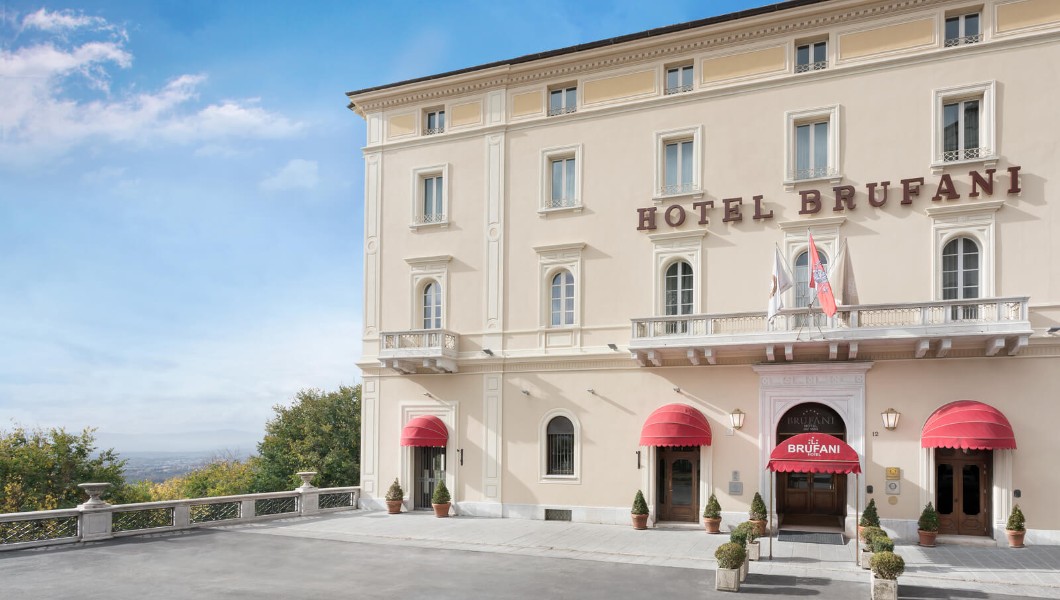
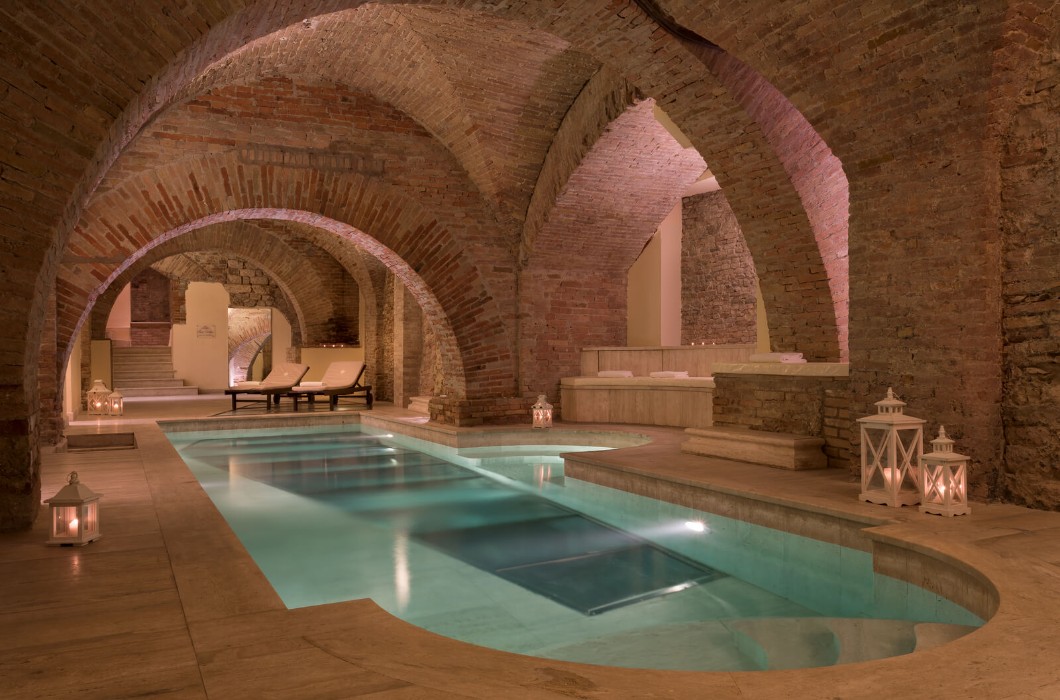
Our room’s elegant wrought iron balcony blesses us with awe-inspiring vistas of the city’s regal turreted towers and surrounding hills. Watching the golden sunset over Umbria from here remains one of my fondest travel memories to date. Being keen golfers, we spend our first afternoon in Umbria playing the spectacular golf course at Antognolla. Along with treating us to fabulous views of the much-anticipated development, we also discover that the club’s onsite restaurant is a local attraction in itself. Far more than just a clubhouse, the charming cottage-like venue attracts diners from across the area. Offering a cosy dining room, set beneath centuries-old wooden beams, and a glorious sun-kissed terrace, you’ll be hard-pushed to find a more idyllic restaurant anywhere in the region.
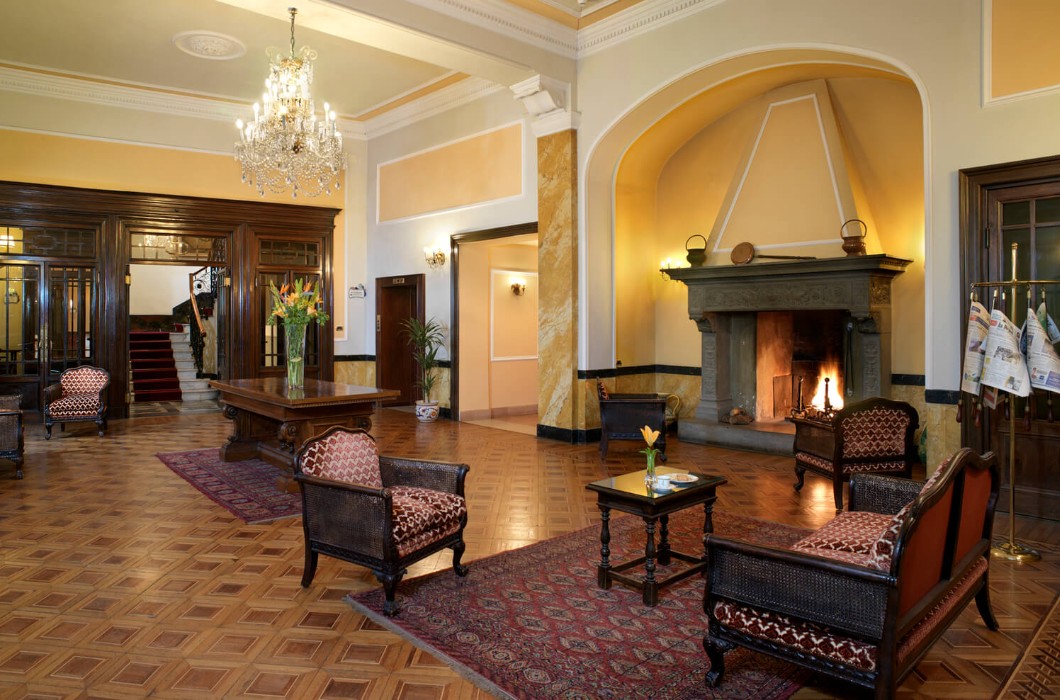
Back in Perugia, we discover that our hotel is conveniently positioned just a few minutes’ walk from the city’s famous Piazza IV Novembre. An extra special kind of Italian town square, it’s home to several of the city’s most notable sites, including the huge pink and white Cathedral of St. Lawrence, and the austere and perfectly preserved Palazzo dei Priori. The latter is a remarkable architectural feat. Decorated with a fun mix of gothic-winged griffins, lions, and other fantastical beasts, the immaculately preserved palace houses the National Gallery of Umbria. Home to thousands of medieval and renaissance artworks, it’s a must-see experience for any art lover, and it even gives the galleries of Florence a run for their money. We stop to poke our heads inside the cathedral, too. While not overly ornate from the outside, the inside is filled with intricate paintings, sculptures, and awe-inspiring carvings.
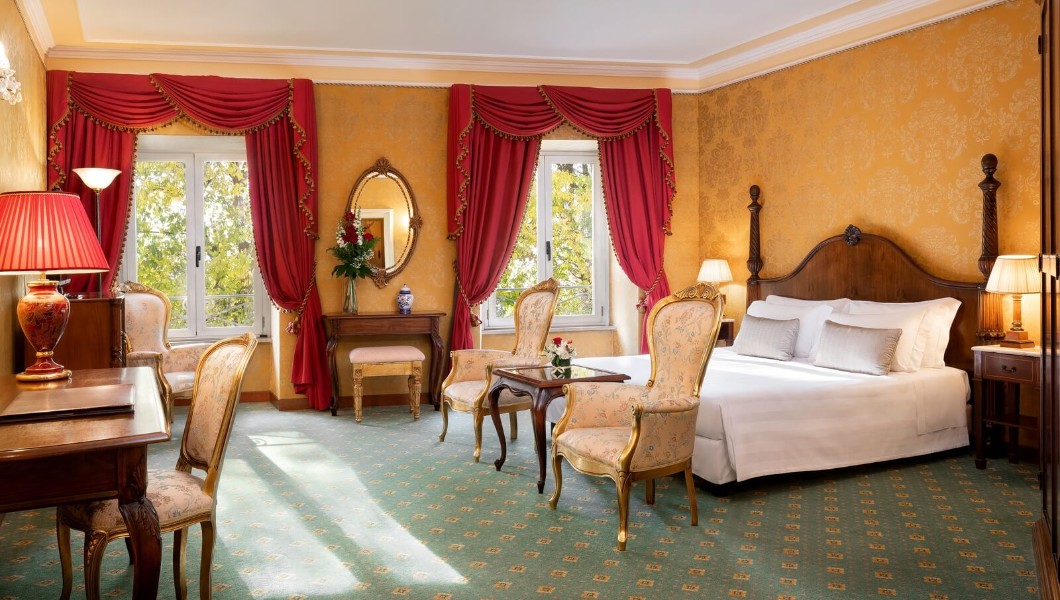
FRESH REGIONAL FLAVOURS
Brimming with unassuming, yet excellent restaurants, open-air cafes, and artisan delis, exploring Perugia provides us with a delightful introduction to Umbria’s local cuisine. Along with being one of the biggest truffle producing regions in Italy, Umbria is equally famous for its sausages, olive oil, chocolate, and stringozzi, a unique type of pasta that’s kind of like a wider spaghetti. Several of these premium quality ingredients are brought together in the pasta alla norcina, a rich, creamy, and delicious regional specialty sold at every taverna across Umbria. We lost count of how many bowls we had, or how many times we exclaimed at the flawless quality of the olive oil and freshly baked table bread.
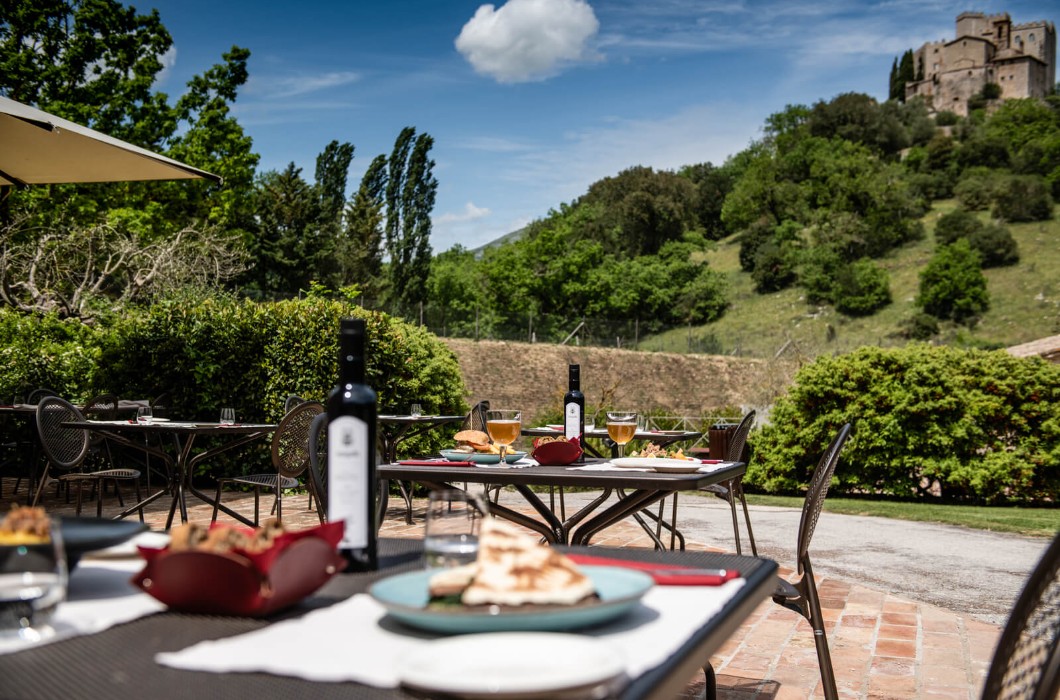
Like Tuscany, the wine is also in a class of its own. If you’re really into your grape, you’ll be spoilt for choice with all the vineyard tours and wine-tasting options available. Furthermore, aperitivo is naturally a key part of the weekly routine as well. The city walls are rimmed by stunning bar terraces that are made for enjoying a sundowner or two.
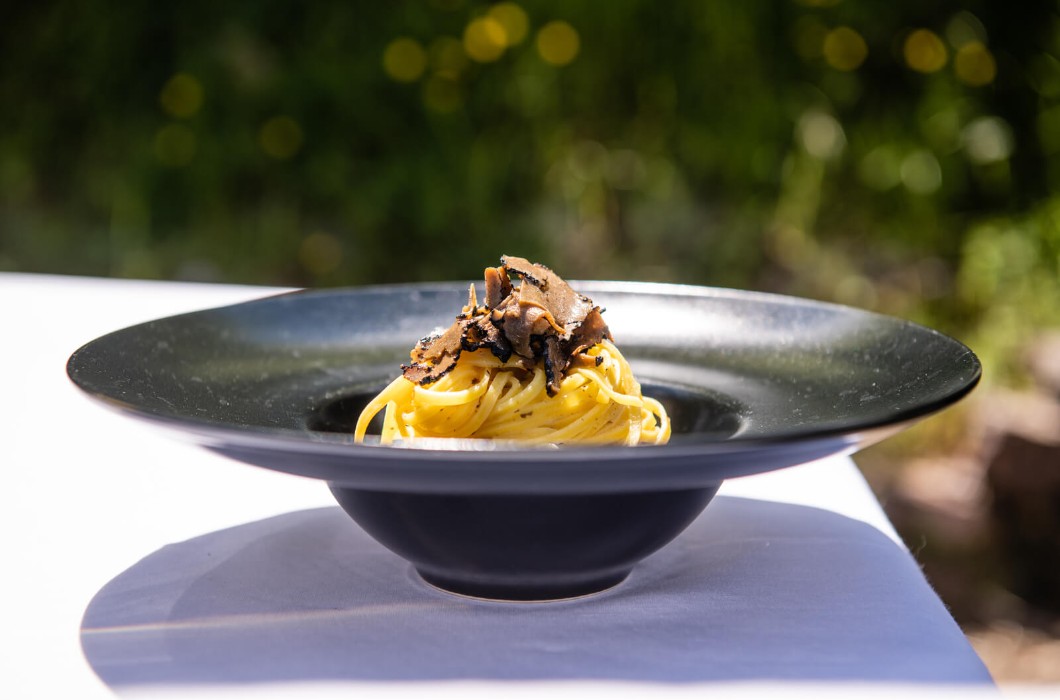
RURAL CHARM
Away from Umbria, Assisi is a must see. Another story-book hilltop town, the entire settlement is
a UNESCO heritage site. As the birthplace of Saint Francis, the grand Basilica of Saint Francis is regarded as the town’s top attraction. Strolling through the cobbled streets is a lovely way of passing an hour or so, and, given its religious significance, spotting brown-robed monks and groups of pilgrims is a common occurrence.
However, as far as spectacular cathedrals go, few can top the mesmerising black and gold facade and magnificent frescos of the Cathedral of Orvieto. Another dramatic hilltop town plucked straight from the Middle Ages, we were delighted to find
a footpath that took us all the way around the edge of the rock on which it rests. We’re told by a chatty waiter that Umbria is also a favourite holiday spot for celebrities. George Lucas has his own exclusive Umbrian estate, and he allegedly loans it out to famous friends such as Steven Spielberg, Robert De Niro, Meryl Streep, and other familiar names who value the peace and privacy that the region offers. Umbria’s castles are also accustomed to hosting star-studded weddings, and its renowned jazz and film festivals attract more big stars.
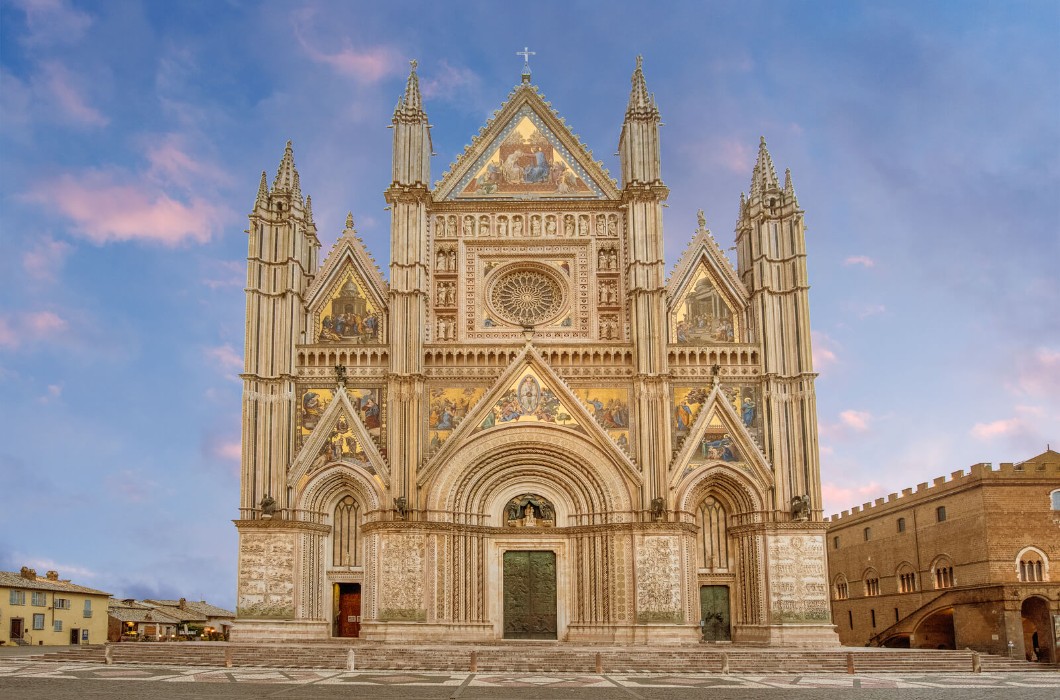
Having just celebrated its 50th anniversary, the Umbria Jazz festival takes over Piazza IV Novembre for one weekend every July. A vibrant celebration of upbeat tunes, dancing, and mingling, B.B. King, Carlos Santana, Eric Clapton, and David Byrne are just some of the acts who have performed there over the years, and it continues to be one of the most exciting jazz festivals in the world. The annual Umbria Film Festival of Montone (another gorgeous medieval village) also takes place in July. Featuring a packed programme of free film screenings, talks and masterclasses, the region’s lively festival scene provides just one more reason to visit during the summertime. Plus, if you do decide to extend your road trip, the James Bond-worthy streets of Sienna and other Tuscan landmarks are only a few hours away.
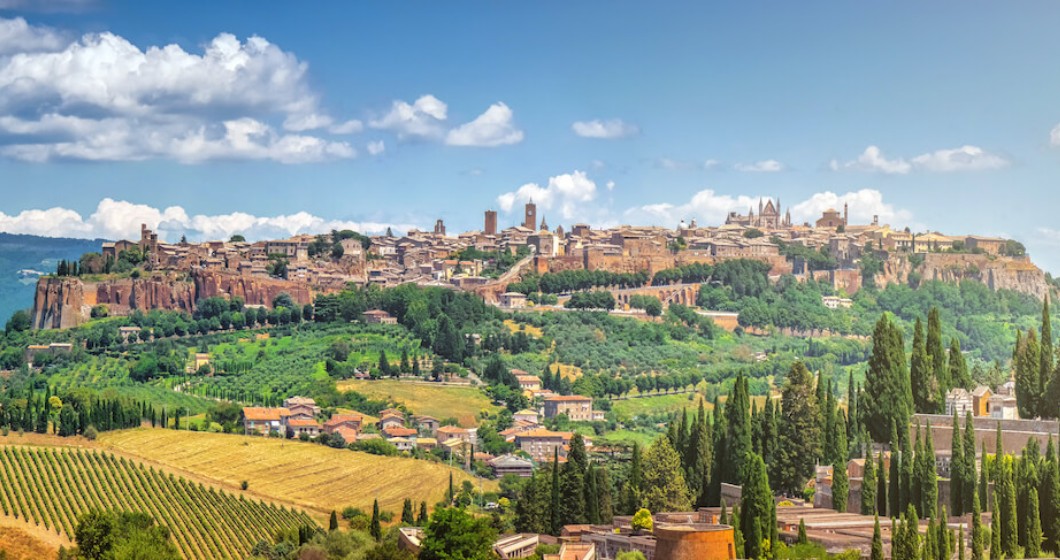
Free from crowds, queues, and substandard tourist trap restaurants, Umbria provides a welcome glimpse into the ‘real’ and authentic Italy that most visitors miss. However, it surely won’t remain Italy’s best kept secret for long. Make sure you get there before the rest of the world discovers it, too.
